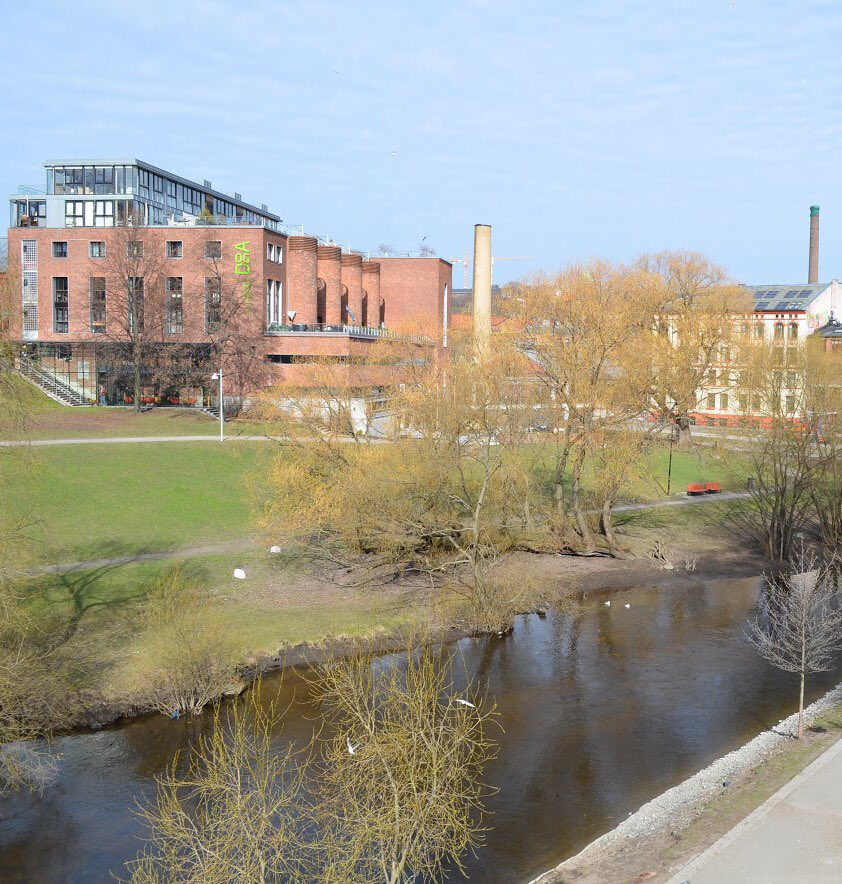1/ In case we needed more reasons for building better cities, the evidence is growing that #mentalhealth is significantly affected by #urbanplanning and #urbandesign ... whether for the better or the worse is up to us ...
2/ Exposure to natural light is linked to better sleep, reduced stress, and better work/school performance bit.ly/2ORgMiw. A well-designed city ensures access to natural light on sidewalks, in public spaces, and inside homes and offices. 

3/ Boring streetscapes, with monotonous, feature-less facades and lack of sensory stimulation, can increase sadness, addiction and disease-related stress bit.ly/2OWX5WD 

4/ A study in BioScience found that living in urban areas w/ natural features such as trees, gardens, parks, birds, and water is associated with higher levels of mental well-being and reduced chronic mental illness bit.ly/2P1tgo2 #biophiliccities #biophilia 

5/ @WHO has linked #noisepollution to #mentalhealth, cognitive impairment, stress, #depression and #anxiety. In EU cities, noise abatement action plans often include measures such as identifying quiet areas, promoting #LRT, and reducing speed limits bit.ly/2weWf0u
6/ A study in Philadelphia found that access to “greened” vacant lots reduced feelings of worthlessness and depression, especially in low-resource neighbourhoods bit.ly/2OTj4xR #mentalhealth #urbandesign
7/ Living in an area w/ lots of #greenspace can increase happiness and life satisfaction. How much? 18-year long @UniofExeter longitudinal study says it has as much as 1/3 the positive impact on happiness as getting married bit.ly/2OX7m59 #happycity #biophiliccity 

8/ The Copenhagen-based firm Nord Architects is using the patterns of traditional city design as part of the treatment and care for patients with #Alzheimer’s and #dementia bit.ly/2OWZCjz #urbandesign #mentalhealth
9/ Some great follows on #environmentalpsychology and the links between #urbandesign, #cityplanning and #mentalhealth
@Gayle_GSB
@EPRCSurrey
@NeginMinaee
@wouterpoortinga
@MarcusxGrant
@ePSIchology
@PlaceMakersLLC
@RobinMazumder
@urbandesignmh
@aracelicamargo_
@Gayle_GSB
@EPRCSurrey
@NeginMinaee
@wouterpoortinga
@MarcusxGrant
@ePSIchology
@PlaceMakersLLC
@RobinMazumder
@urbandesignmh
@aracelicamargo_
• • •
Missing some Tweet in this thread? You can try to
force a refresh








